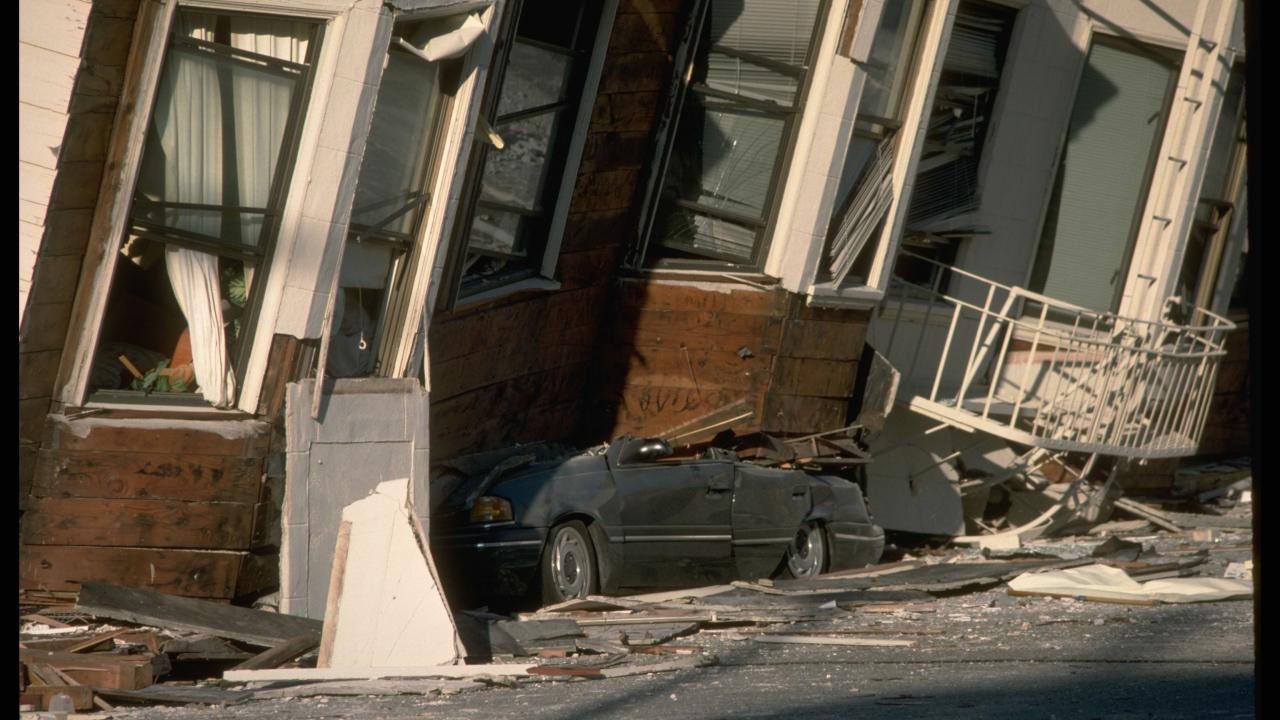Naturally occurring microbes could help stabilize the ground under buildings during earthquakes due to the way they reduce the water content in soils, according to new research. This novel microbe-based technique costs half as much and results in far lower carbon emissions than existing soil stabilization methods, as researchers presented at AGU’s Fall Meeting 2022 in Chicago Dec. 14.
Shaking during earthquakes causes soils to liquefy, or act like a liquid. Liquefaction makes soil lose its strength and rigidity, which leaves buildings and other structures susceptible to collapse. One existing approach to stabilizing liquefaction-prone soils is permeation grouting, in which concrete is injected into the soil under vulnerable structures to cement the ground together. But this method is heavily reliant on groundwater — a scarce resource in some quake-prone regions such as California — and indirectly releases a substantial amount of carbon dioxide via cement production.
An alternative, potentially more eco-friendly method, called microbially induced desaturation, lets nature do the work. When soil bacteria consume nitrogen, nitrogen gas is released into the soil, filling up the space between sediment grains. This gas-filled soil acts like a shock absorber when earthquakes happen, so the soil doesn’t liquefy.
Scientists can amp up this process by injecting nitrogen-rich compounds called nitrates into the soil. Bacteria then eat it up, producing significant volumes of extra nitrogen gas, resulting in a lower risk for liquefaction.
Environmental benefits
Previous studies through field trials and modeling have shown the method is effective for up to 20 years of ground stabilization. Now, the new research is the first to look at its environmental and economic impacts, finding that there are clear environmental benefits to choosing microbially induced desaturation over permeation grouting.
“Greenhouse gas emissions produced by microbially induced desaturation are less than four percent of what is produced from permeation grouting” because of grouting’s heavy use of carbon- and water-intensive cement, said lead researcher Aisha Faruqi, a graduate student working with Professor Alissa Kendall, UC Davis Department of Civil and Environmental Engineering.
Unlike permeation grouting, microbially induced desaturation uses on-site groundwater without requiring additional water resources. Producing cement for permeation grouting requires twice as much water as microbial-induced desaturation and is typically pumped into the construction site from the same reservoirs that supply drinking water, according to Faruqi. It also costs about twice as much, she found.
“Microbially induced desaturation is a more sustainable alternative to hazard mitigation,” Faruqi said. “It outperforms permeation grouting across various impacts, including global warming potential and cost.”
Additional authors on the study are Caitlyn Hall and Ed Kavazanjian, Arizona State University, and Leon van Paassen, Boskalis Construction Company.
Media Resources
A Life Cycle Assessment of Bio-mediated Earthquake Hazard Mitigation to Improve Infrastructure Resiliency (AGU presentation abstract)
